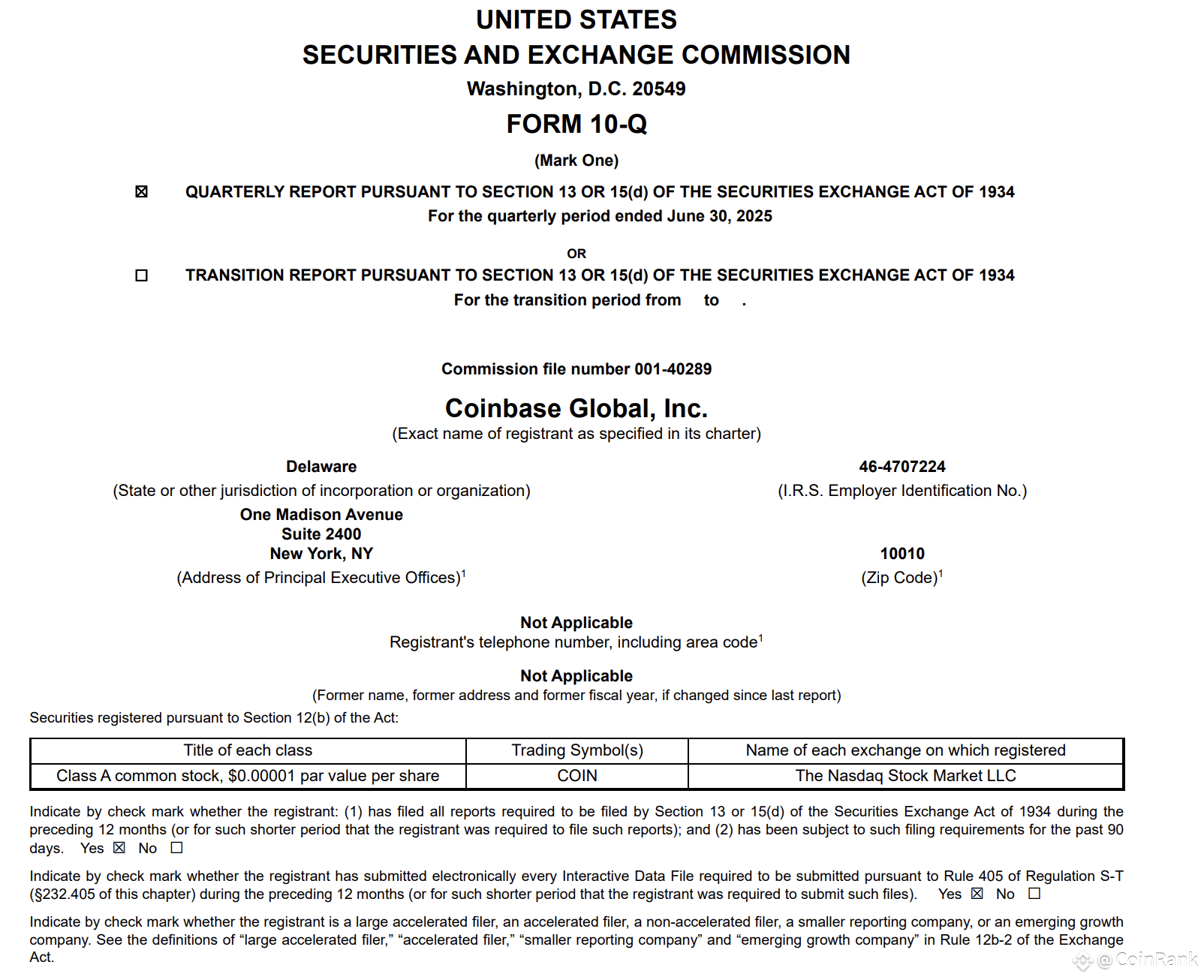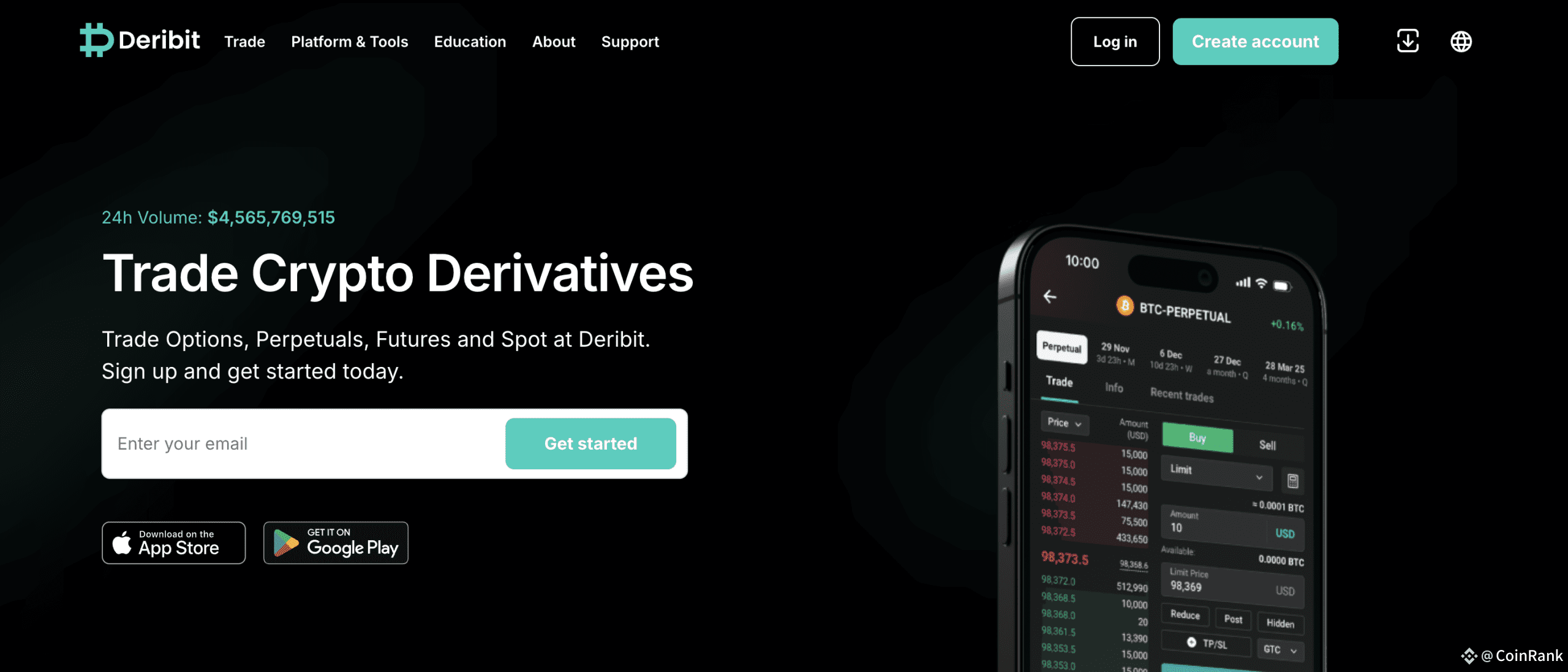Stablecoin revenue grew 12%, helping offset weak trading volume and supporting Coinbase’s broader strategy amid challenging market conditions.
Coinbase launched new products and acquired Deribit, expanding into derivatives and strengthening its vision as an all-assets trading platform.
Regulatory clarity and U.S. policy support boost Coinbase’s tokenization efforts and global expansion, despite rising costs and a major data breach.

Coinbase Global, Inc.’s Q2 2025 earnings report shows the company’s resilience and strategic ambition in a challenging crypto market. While trading revenue declined due to weak retail demand, strong performance in stablecoin business brought new growth momentum.
At the same time, Coinbase is moving faster toward its goal of becoming an “all-assets exchange” through new product development, strategic acquisitions, and active adaptation to regulatory changes.
STABLECOIN REVENUE OFFSET TRADING WEAKNESS
In Q2 2025, Coinbase reported total revenue of $1.5 billion, up 3.3% year-over-year but down 26% from the previous quarter. This was below the market expectation of $1.59 billion. Trading revenue was $764 million, down 2% YoY and down 39% quarter-over-quarter, missing expectations of $787 million. The drop was mainly due to weak retail trading activity. Total trading volume was $237 billion, down 40% quarter-over-quarter.

Despite that, subscription and services revenue remained strong at $655.8 million, up 9% YoY. Stablecoin revenue was a highlight, reaching $332.5 million, up 12% from last quarter.
This growth was driven by the average USDC balance on the Coinbase platform increasing to $13.8 billion, showing continued demand for stablecoins. Through its partnership with Circle, Coinbase keeps 100% of USDC interest income on-platform and shares 50% of off-platform income. This strengthens its competitive edge in the stablecoin market.
However, high operating costs put pressure on profit margins. Operating expenses reached $1.52 billion in Q2, up 37% YoY, including $308 million in cybersecurity costs due to a data breach in May. Adjusted EBITDA was $512 million, down 14% YoY. EPS was $5.14, much higher than $0.14 a year ago, but this was boosted by $1.5 billion in unrealized Circle IPO gains and $362 million in crypto investment income.
Excluding these, Coinbase had a net loss of $440 million. Its cash reserves were $9.3 billion, down 6% from last quarter. Coinbase added 2,509 BTC in Q2, now holding 11,776 BTC worth $1.26 billion. After the report, the stock fell 6% in after-hours trading to $16.70, closing at $314.69. Still, it has risen over 50% this year, outperforming the S&P 500, reflecting investor confidence in its long-term potential.
DIVERSIFICATION STRATEGY AND THE “ALL-ASSETS EXCHANGE” VISION
In a volatile market, Coinbase strengthens its position through business diversification and new products. CEO Brian Armstrong said in the earnings call that customers expect Coinbase to be a one-stop platform for crypto. The company is working to become an “all-assets exchange” where users can trade any type of asset.
In Q2, Coinbase launched new products, including perpetual futures in the U.S., tokenized stocks, prediction markets, and derivatives. These not only expanded platform features but also helped prepare for changing regulations. The company is also integrating decentralized exchange (DEX) functions into the Coinbase app to support the growth of crypto token markets and attract more users.

Strategic acquisitions and partnerships are key parts of Coinbase’s expansion. In Q2, Coinbase acquired Deribit, a top global crypto options platform, for $2.9 billion. This gave it 75% of the global crypto options market and $1 trillion in annual trading volume. The deal significantly strengthened its position in the derivatives market.
Coinbase also partnered with Shopify and PayPal to support payments using USDC and PYUSD, boosting the use of blockchain in commerce. Collaborations with JPMorgan Chase and American Express led to new products like Bitcoin rewards credit cards. XRP stood out this quarter, accounting for 13% of trading revenue—higher than Ethereum’s 12%—despite having less than 10% of trading volume. This shows its high profitability.
TOKENIZATION AND POLICY SUPPORT
Better regulation brings long-term opportunities for Coinbase. In February 2025, the U.S. SEC dropped its civil lawsuit against Coinbase, reducing regulatory pressure. A recent White House report titled “Strengthening U.S. Leadership in Digital Financial Technology” gave more confidence to the industry.
After the report, SEC Chair Paul Atkins made a speech supporting tokenization, noting its advantages like programmability, peer-to-peer transfer, improved efficiency, and better transparency compared to traditional finance. These points align closely with Coinbase’s tokenized stock plans and give policy support for its exploration of new asset types.
In addition, expected U.S. legislation on stablecoins and market structure could support Coinbase’s international expansion and stablecoin growth. Armstrong said the company is watching regulatory changes closely and will expand globally while staying compliant.
MARKET CHALLENGES AND OUTLOOK
Despite many positive developments, Coinbase still faces major challenges. The May data breach caused a $307 million direct loss and hurt user trust. The overall crypto market remains weak. Global tariffs and tighter financial policies pushed the crypto market cap (excluding BTC) down from $1.6 trillion to $950 billion. Venture capital investment has fallen to its 2017–2018 lows.
Coinbase expects short-term market volatility to continue. In July, it projects trading revenue of $360 million, around 50% of Q2’s total, showing some recovery in market activity. For Q3, the company expects subscription and services revenue to rise to between $665 million and $745 million. Stablecoin momentum is likely to continue, especially after USDC reached a record market cap in July.
Looking ahead, Coinbase’s diversification and improving regulation give a solid foundation for future growth. Its custodial assets reached $245.7 billion, holding 80% of the crypto ETF market, showing its leadership in institutional services. As the first digital asset company in the S&P 500, its market influence continues to grow. However, trading volume decline, rising costs, and data security risks still require attention.
〈Coinbase Q2 2025 Earnings: Strong Stablecoin Revenue Supports Shift Toward “All-Assets Exchange” Strategy〉這篇文章最早發佈於《CoinRank》。



